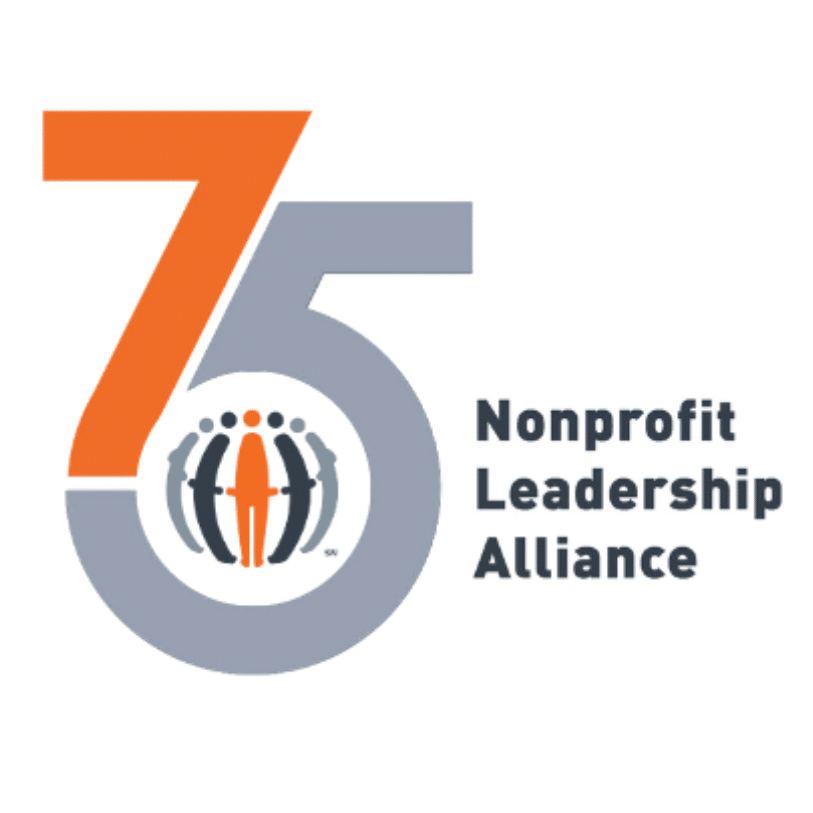Your nonprofit has plenty of responsibilities to manage, from planning fundraising events to organizing community programs. If you’ve found yourself wishing for an extra support system, we’ve got the solution for you.
Corporate partnerships with local businesses can give your nonprofit organization a leg up in furthering its mission—whether you need direct financial support, pro-bono services, or in-kind donations like a venue for your events. In exchange, your nonprofit can provide marketing for your sponsor, making it a win-win for both sides.
Use these tips to set up partnerships with local businesses in your area ranging from restaurants to dance studios and clothing stores. By acquiring philanthropic partners and showing the value of collaborating with your organization, you can secure their long-term support!
Identify potential corporate partners
With more companies than ever adopting corporate philanthropy programs, your nonprofit has a prime opportunity to benefit from the goodwill of philanthropic businesses. However, narrowing down your search from thousands of potential prospects to just tens can be overwhelming, especially if you don’t know where to start.
Use these best practices to initiate your research:
- Reflect on the type of support you’re hoping to receive: Think through what kind of support you need from a prospective partner to inform the types of businesses you should reach out to. For example, if you’re hosting a golf fundraiser for major donors, you might ask country clubs to sponsor your event by allowing you to use their golf courses for free. Or, if you need help setting up new fundraising technology, you might contact a tech company to assist with implementation.
- Research like-minded businesses in your community: Businesses that share similar values or purposes are likely to partner with your nonprofit. For example, if you’re an animal welfare nonprofit, you might reach out to local pet stores and offer to include their logo and company name on your digital marketing materials in exchange for financial support. Since you both share a target audience of animal lovers, this provides a clear value-add to the potential partner.
- Ask your networks for referrals: Ask other nonprofit professionals in your network for recommendations. They might have a list of companies they’ve worked with in the past, saving you the time and effort of reaching out to corporations who aren’t interested in partnerships. You can also ask your volunteers and board members to aid in the search and connect you with their companies.
Using this process, come up with a list of viable partners and start thinking about what you can offer them in exchange for support. Then, you’ll be able to make a compelling case for why they should sponsor you in an official corporate sponsorship proposal.
Create a corporate sponsorship proposal
Create personalized corporate sponsorship proposals for each of your prospects. This involves doing research on their:
- Goals
- Values
- Target audience
- Current philanthropic initiatives
With these factors in mind, you’ll be able to make a compelling pitch that will appeal to each recipient and persuade them to offer their support. 360MatchPro explains that a strong corporate sponsorship proposal will have the following elements:
- Introduction to your nonprofit: Your prospective corporate partner might not be familiar with your organization, so take this opportunity to explain your nonprofit’s mission, the history of your founding, and your vision for the future. You should also introduce the author of the letter, such as your nonprofit’s executive director, and include their professional credentials to add to the authoritativeness of your proposal. If you’re hoping to find a corporate sponsor specifically for a fundraising event, describe your upcoming event.
- The form of support you’re seeking: Clearly explain the type of support you’re seeking and how it will further your mission. For example, if you’re hosting a fundraising gala, you could ask a local hotel to provide an in-kind donation of ballroom space for the evening and sound and lighting equipment. Then, tie this back to your cause and the philanthropic impact the prospective sponsor will have by giving their support. You could say, “By offering an event space for our gala, we’ll be able to host more attendees in an enjoyable environment and amplify excitement for our cause, helping us raise more to support our mission to cure childhood cancer.”
- The benefits of partnering with your organization: In this section, demonstrate that you’ve done your homework on a prospective partner and highlight how this partnership will support their goals. For example, DanceStudio-Pro explains that new dance studios can benefit from free marketing at family-friendly charity events because this introduces their studio to more community members. Plus, event marketing helps to position the business as a proponent of local nonprofits, allowing the studio to earn a socially conscious reputation and bring in more customers.
Include clear deadlines for when you need this support or a projected timeline for the duration of the support. This way, a prospect will have all of the information they need to determine whether they have the financial capacity and time in their daily operations to serve your nonprofit.
If a prospective partner declines your proposal, it’s a good practice to thank them for their consideration and offer ways to connect should they be interested in partnering with you in the future.
Develop an official agreement
After you’ve sent out your proposals and heard back from interested sponsors, it’s time to finalize the details of your partnership. Create a formal agreement that each party signs to create accountability and set the foundation for a good working relationship. Your agreement should include:
- Goals: Clearly define your goals and the associated key performance indicators so your corporate sponsor knows what they’re striving to help you achieve. Similarly, your sponsor should list out their expectations for the event as well, such as gaining more visibility on their website or social media pages.
- Timeline of the sponsorship: Will your corporate sponsor simply be giving you a one-time check to go towards your event planning, or will they be offering you pro-bono services like marketing for weeks up until the event? Map out the dates of their involvement so everyone is on the same page.
- Communication contacts: There should be a dedicated point of contact for both your nonprofit and your corporate partner. This way, you have a go-to person to follow up with and ask any questions you may have. You should also discuss preferred communication methods, such as using email or mobile messaging apps.
Once your partnership kicks off, provide updates on how your fundraising efforts are going and the impact of the sponsor’s contributions. You’ll also need to demonstrate how your organization is providing a return on their sponsorship, such as the number of impressions your social media posts about your partner received.
Wrapping Up
A corporate sponsor can be a lifeline for your organization, especially if you have limited room in your budget. Make sure to express appreciation regularly so you can grow your relationship and retain their partnership for years to come.
Did you enjoy this story?
Get nonprofit tips and tools delivered right to your inbox by joining The Nonprofit Leadership Alliance Newsletter. Our bimonthly newsletter will make sure you know what’s happening with our network of social sector leaders.
Everette Pearsall Joins Nonprofit Leadership Alliance Board of Directors
The Nonprofit Leadership Alliance (NLA) is proud to announce the appointment of Everette Pearsall to the organization's board of directors. But who is Everette Pearsall, and why is his appointment so noteworthy? In this article, we'll
9 Essential Nonprofit Management Skills & Development Tips
As a nonprofit professional, you understand that investing in your staff is the best way to develop your organization. These changemakers are on the ground floor pushing initiatives forward, so you want your work environment
3 Nonprofit Tips to Secure Effective Corporate Partnerships
Your nonprofit has plenty of responsibilities to manage, from planning fundraising events to organizing community programs. If you’ve found yourself wishing for an extra support system, we’ve got the solution for you. Corporate partnerships with



